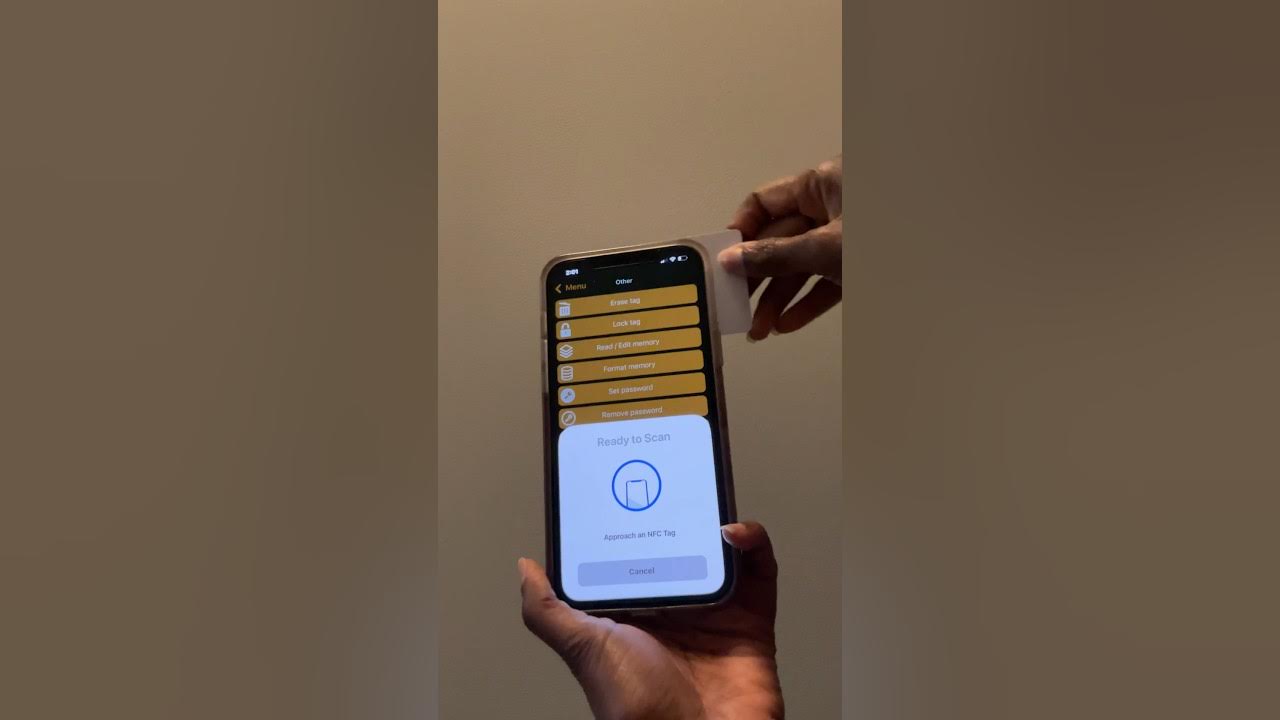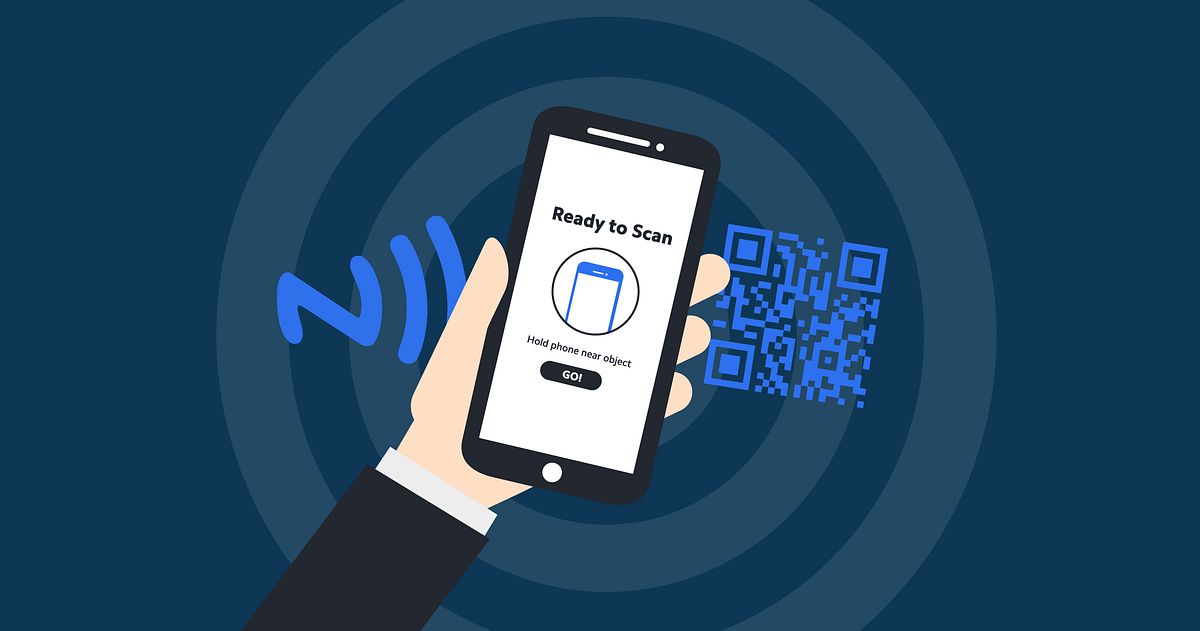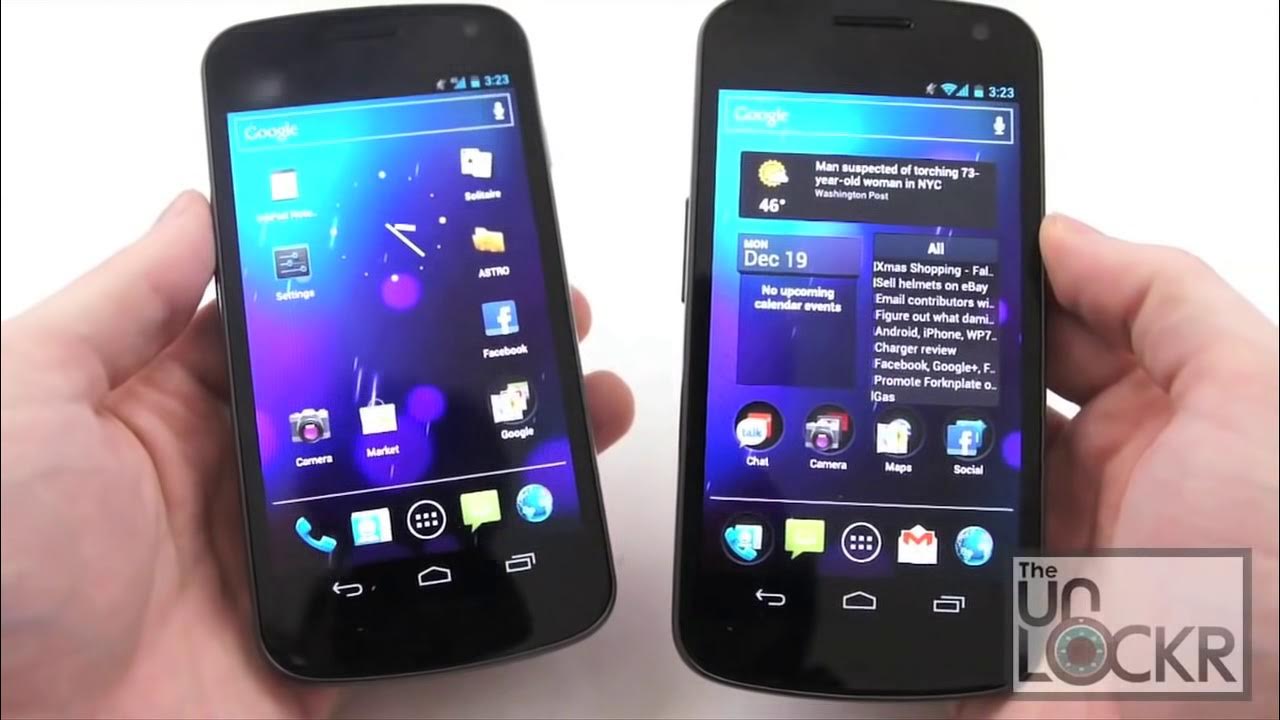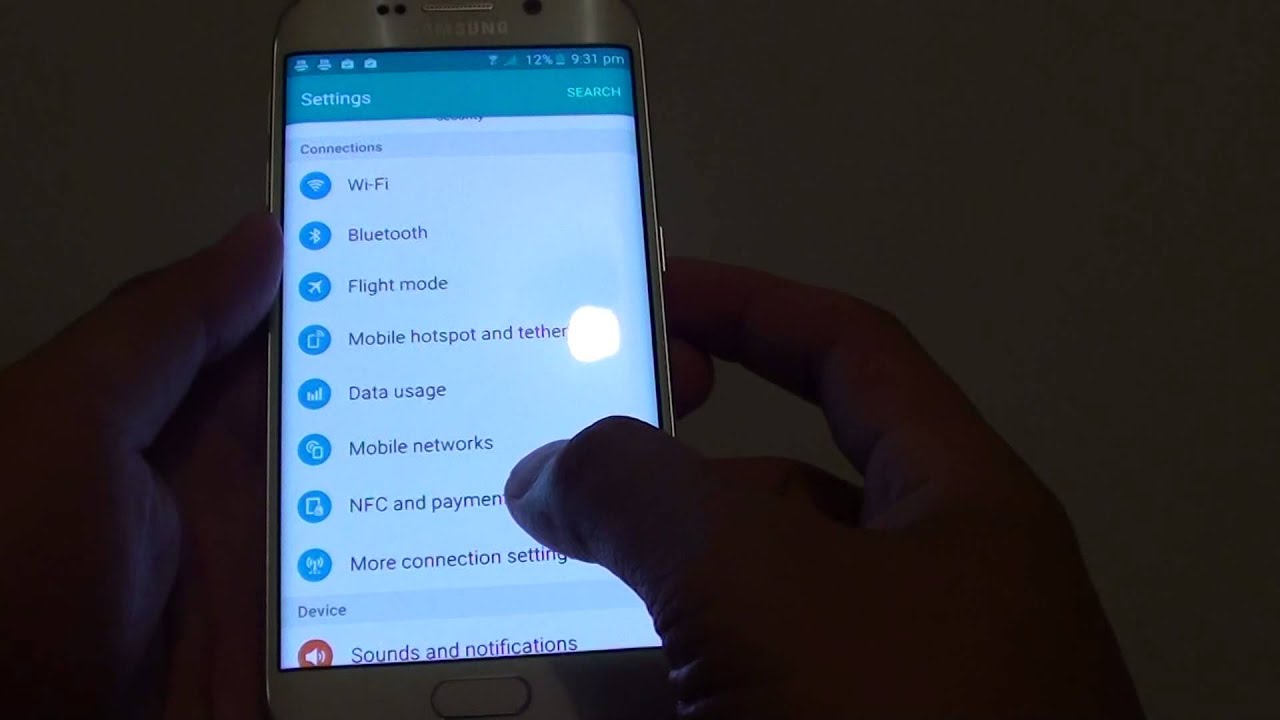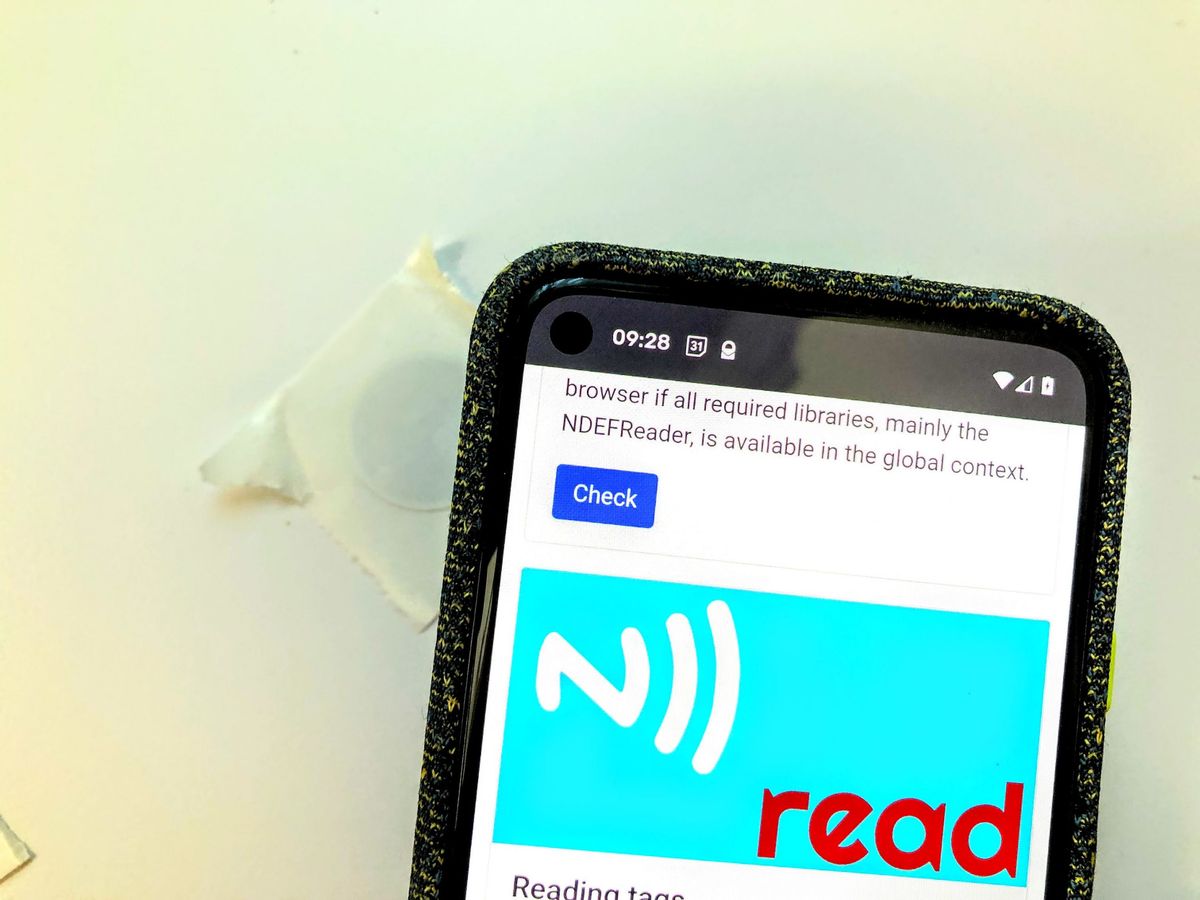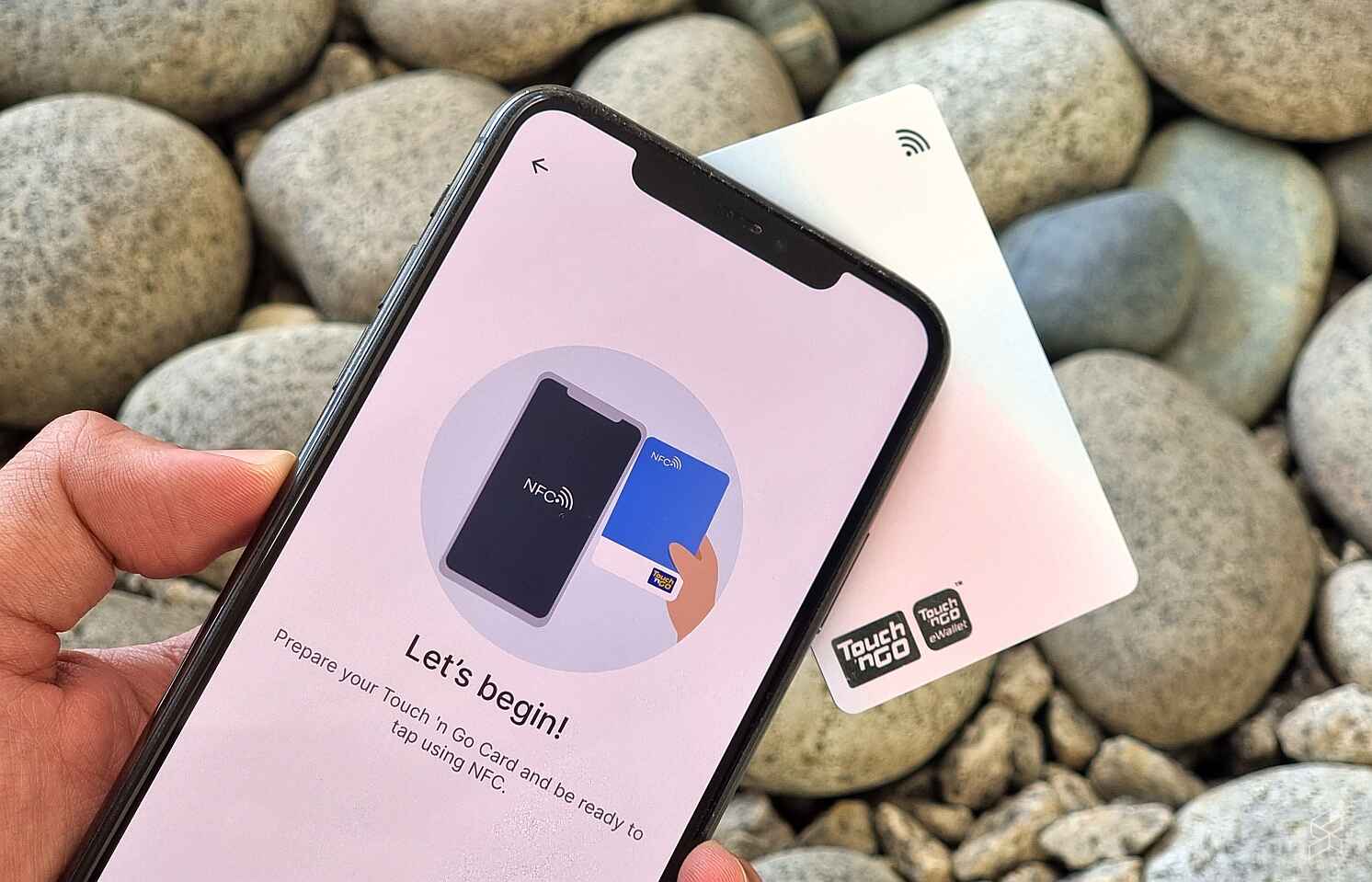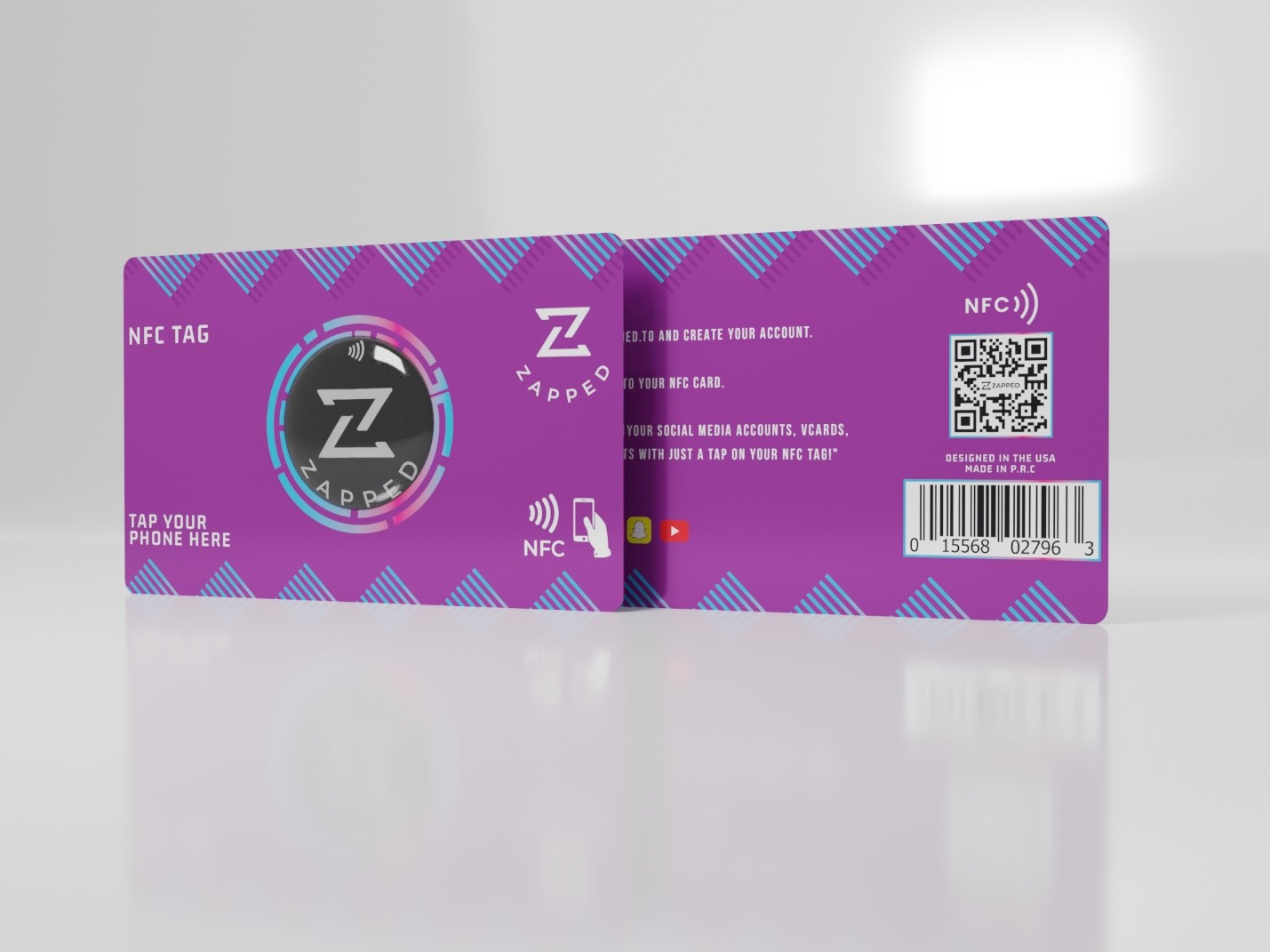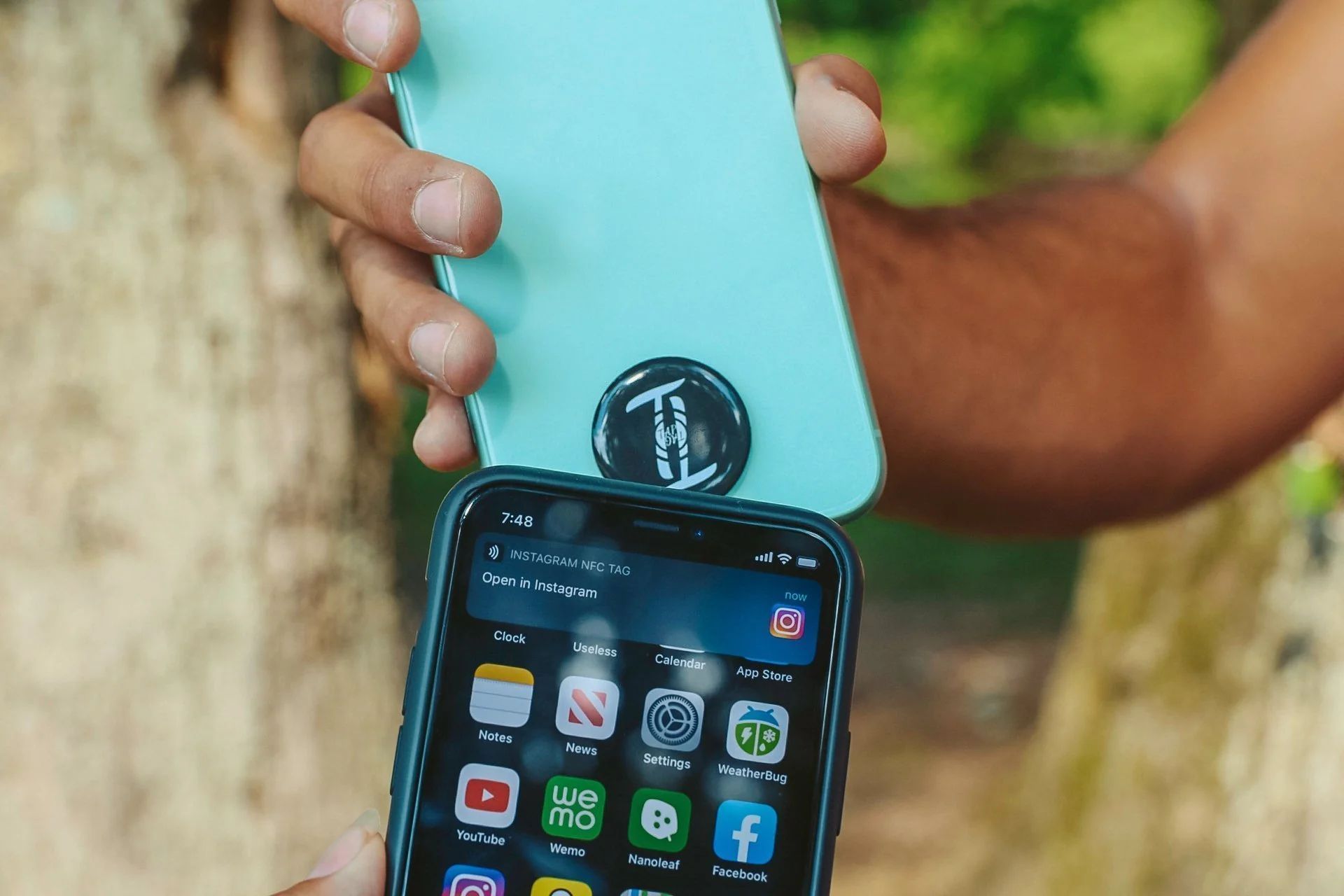Introduction
Smartphones have become an integral part of our daily lives, offering a plethora of features and functionalities. One of these features is NFC (Near Field Communication), which allows devices to communicate with each other by simply bringing them close together. Most smartphones today come with NFC capabilities, and you might have noticed a small NFC icon displayed on your device’s screen.
The NFC icon serves as a visual indicator to let you know if NFC is enabled or active on your device. It’s a handy feature for quickly transferring files, making mobile payments, or connecting with other NFC-enabled devices. However, you may find yourself in a situation where you want to remove the NFC icon from your home screen or disable NFC altogether. This could be due to personal preference, wanting to declutter your screen, or conserving battery life.
In this article, we will explore different methods to remove the NFC icon from your home screen or disable NFC on your device. We’ll guide you step-by-step through each method, providing clear instructions to help you achieve your desired outcome. Whether you’re using an Android device or an iPhone, there’s a method that will work for you.
Before we dive into the methods, it’s important to note that disabling NFC will limit its functionality on your device. If you use NFC frequently for tasks like mobile payments or file sharing, you may want to reconsider removing the NFC icon or disabling NFC altogether.
Now that we’ve set the context, let’s explore the methods you can use to remove the NFC icon or disable NFC on your smartphone.
What is the NFC Icon?
The NFC icon, also known as the Near Field Communication icon, is a small symbol that appears on your device’s screen to indicate the status of the NFC feature. It usually resembles a Wi-Fi symbol, consisting of two curved lines with dots in the middle.
NFC is a technology that allows devices to establish a wireless connection with each other when they are in close proximity, typically within a few centimeters. It enables quick and convenient data transfer between two NFC-enabled devices, without the need for any cables or manual pairing processes.
When you enable NFC on your smartphone, the NFC icon will appear in the status bar or on the home screen, indicating that the feature is active and ready to use. It serves as a visual cue to let you know that your device is capable of performing tasks such as contactless payments, file sharing, or connecting with other NFC-enabled devices.
With NFC, you can perform a wide range of tasks, including transferring files, making mobile payments, scanning NFC tags, and even connecting to Bluetooth devices seamlessly. For example, you can tap your phone against an NFC-enabled speaker to instantly connect and start playing music.
It’s important to note that NFC is different from Bluetooth or Wi-Fi. While Bluetooth and Wi-Fi require devices to be paired or connected to the same network, NFC allows for instant communication by simply bringing two devices close together.
The NFC icon is not just limited to smartphones; you may also encounter it on other devices like tablets or smartwatches that support NFC functionality.
Now that you have a better understanding of what the NFC icon represents, let’s explore why you might want to remove it from your home screen or disable NFC altogether.
Why would you want to remove the NFC Icon?
While the NFC feature can be useful in many scenarios, there are several reasons why you might want to remove the NFC icon from your home screen or disable NFC on your device:
1. Decluttering the home screen: If you prefer a clean and minimalist home screen layout, having additional icons like the NFC icon might disrupt the aesthetic appeal. Removing the NFC icon can help you achieve a more streamlined and organized look.
2. Preserving battery life: It’s worth noting that having NFC enabled on your device consumes a small amount of battery power. If you rarely or never use NFC, disabling it can help improve your device’s battery life throughout the day.
3. Enhancing privacy and security: NFC technology can be vulnerable to certain security risks, such as unauthorized data transfer or NFC-based attacks. By disabling NFC or removing the NFC icon, you can mitigate these risks and have greater control over the data exchanged through NFC.
4. Reducing accidental NFC interactions: The NFC feature relies on physical proximity between devices for communication. However, this can sometimes lead to accidental interactions, especially if you carry multiple NFC-enabled devices or frequently encounter NFC tags in public places. Removing the NFC icon can help prevent unintentional taps or unwanted communications.
5. Personal preference or convenience: Ultimately, removing the NFC icon might simply come down to personal preference. If you rarely use NFC or if its features are not integral to your daily tasks, removing the icon can help create a cleaner and hassle-free user experience.
It’s important to consider your own usage patterns and preferences when deciding whether to remove the NFC icon or disable NFC on your device. If you frequently use NFC for tasks like mobile payments or file sharing, it may be more convenient to keep the NFC icon visible for quick access.
In the following sections, we will explore different methods to remove the NFC icon or disable NFC on your smartphone. Whether you’re an Android or iPhone user, you’ll find a suitable solution to meet your specific needs. Let’s dive into the methods now.
Method 1: Disabling NFC in Settings
Disabling NFC in the settings of your device is the most straightforward method to remove the NFC icon or disable NFC functionality. Here’s a step-by-step guide on how to do it:
1. Android:
– Open the Settings app on your Android device.
– Scroll down and look for the “Connections” or “Wireless & Networks” section.
– Tap on “NFC” or “NFC and payment” to access the NFC settings.
– Toggle the NFC switch to the “Off” position. This will disable NFC on your device.
– The NFC icon should no longer appear on your home screen or in the status bar.
2. iPhone:
– Open the Settings app on your iPhone.
– Look for the “Wallet & Apple Pay” or “Wallet” section.
– Tap on “Apple Pay” or “Contactless Cards & Devices” to access the NFC settings.
– Toggle the “Allow Payments on iPhone” switch to the “Off” position. This will disable NFC and remove the NFC icon from your home screen.
– Note that the exact menu options may vary depending on your iPhone model and iOS version.
Disabling NFC through the settings will completely turn off NFC functionality on your device. This means that you won’t be able to use NFC for tasks like mobile payments or file sharing until you enable it again.
By disabling NFC, you can potentially save battery life and minimize the risk of accidental interactions or NFC-based attacks. However, keep in mind that you’ll need to re-enable NFC if you wish to utilize its features in the future.
If you’re looking for a temporary solution and want to hide the NFC icon without completely disabling NFC, continue reading to learn about another method that allows you to remove the NFC icon from your home screen.
Remember, the specific steps described above may vary depending on your device’s manufacturer, model, and operating system. It’s always a good idea to refer to your device’s user manual or seek online support if you encounter any difficulties while following these steps.
Now that you know how to disable NFC through the settings, let’s move on to the next method: removing the NFC icon from the home screen.
Method 2: Removing the NFC Icon from the Home Screen
If you prefer not to disable NFC entirely but want to remove the NFC icon from your device’s home screen, you can do so by following these steps:
1. Android:
– Press and hold the NFC icon on your home screen or app drawer.
– Some devices may display a pop-up menu with options. If available, select “Remove” or “Delete” to remove the NFC icon from the home screen.
– If a pop-up menu does not appear, try tapping and dragging the NFC icon to the top or bottom of the screen, where a “Remove” or “Delete” option may appear.
– Note that the exact process may vary depending on your Android device model and launcher.
2. iPhone:
– Locate the NFC icon on your home screen or any other app screen.
– Press and hold the icon until all the app icons on the screen start jiggling.
– Look for an “X” symbol appearing on the NFC icon or in the top-left corner of the icon.
– Tap the “X” symbol or the NFC icon itself to remove it from your home screen.
– Press the home button or swipe up from the bottom of the screen to exit the app jiggling mode.
Removing the NFC icon from your home screen does not disable NFC completely. You can still use NFC features and functionality by accessing the NFC settings directly or through apps that support NFC functionality.
This method provides a quick solution to remove the NFC icon from your home screen without affecting the overall functionality of NFC on your device. However, keep in mind that the steps and options may differ depending on your device’s model, operating system, and customization layer.
If you still want to keep NFC functionality intact but prefer not to see the NFC icon on your home screen, method 2 provides a convenient solution. However, if you wish to completely disable NFC, refer back to method 1.
In the next section, we will cover an alternative method that involves using a third-party app to remove the NFC icon or customize its appearance on your device.
Method 3: Using a Third-Party App
If the previous methods were not suitable for your needs, or if you want more customization options for your NFC icon, you can consider using a third-party app. There are various apps available on app stores that allow you to hide or customize the appearance of the NFC icon. Here’s how you can use a third-party app to achieve this:
1. Search for a third-party app: Open the app store on your device and search for “NFC icon” or “NFC customizer”. Look for apps that specifically provide options to hide or modify the NFC icon. Read reviews and check ratings to ensure you choose a reliable app.
2. Install and open the app: After finding a suitable app, install it on your device and open it. Follow any initial setup instructions or permissions required by the app.
3. Explore app features: Once the app is open, you’ll typically find options to hide the NFC icon, customize its appearance, or even replace it with another icon or widget. The exact options and customization features may vary depending on the app you choose.
4. Select your desired settings: Depending on the app, you may be able to toggle a setting to hide the NFC icon completely. Some apps may also provide options to change the position, size, color, or style of the NFC icon. Explore the available settings and choose the ones that best suit your preferences.
5. Apply changes and exit the app: After selecting your desired settings, apply the changes within the app. The app will typically provide an option to apply or save the settings. Once applied, you can exit the app, and the changes should be reflected on your device’s home screen.
Using a third-party app gives you more flexibility and customization options when it comes to the NFC icon. It allows you to hide the icon, change its appearance, or choose a different representation that blends with your device’s theme or personal style.
Remember to choose a reputable and trusted app from your app store to ensure the app works correctly and doesn’t compromise your device’s security or performance. It’s recommended to read user reviews, check the app’s rating, and verify the developer’s credibility before downloading and installing any third-party apps.
Now that we’ve explored various methods to remove or customize the NFC icon, you can choose the one that best suits your preferences and needs. Remember to consider the trade-offs between removing the NFC icon and limiting NFC functionality.
In the next section, we’ll wrap up the article and summarize the key points discussed throughout the methods.
Conclusion
Removing the NFC icon or disabling NFC on your smartphone can help declutter your home screen, conserve battery life, enhance privacy, and reduce accidental interactions. In this article, we explored three methods to achieve these goals:
- Method 1: Disabling NFC in Settings: This method allows you to turn off NFC functionality entirely by accessing the settings of your device. Disabling NFC can save battery life and mitigate security risks associated with this technology.
- Method 2: Removing the NFC Icon from the Home Screen: If you prefer to keep NFC enabled but want to remove the visual presence of the NFC icon, this method provides a straightforward solution. You can simply remove the NFC icon from your home screen without disabling NFC completely.
- Method 3: Using a Third-Party App: For more customization options and flexibility, using a third-party app can help you hide, customize, or replace the NFC icon. These apps offer various features to suit your preferences and enhance the visual appearance of your device’s home screen.
Remember to consider your own usage patterns, preferences, and the potential trade-offs when deciding which method to use. If you frequently use NFC for tasks like mobile payments or file sharing, it may be more convenient to keep the NFC icon visible for quick access.
It’s worth noting that the specific steps and options mentioned in this article may vary depending on your device’s manufacturer, model, and operating system. Always refer to your device’s user manual or seek online support if you encounter any difficulties while following these methods.
With the knowledge and step-by-step instructions provided in this article, you can now remove the NFC icon from your home screen or disable NFC on your smartphone. Enjoy a cleaner, personalized, and optimized user experience tailored to your preferences.
Whether you choose to disable NFC, remove the NFC icon, or customize its appearance, the decision is now in your hands. Explore the methods discussed here and make your smartphone reflect your unique style and functionality requirements.








